Business Process Management: ERP and BPMS Comparison
VerifiedAdded on 2020/04/15
|6
|798
|28
Homework Assignment
AI Summary
The homework assignment provides a comparative analysis of ERP and BPMS in relation to business process management. It discusses the difference between the technology-focused approach of ERP systems that manage integrated applications for data storage and analytics, against the more practice-oriented BPM which aims at improving organizational effectiveness. The flexibility and adaptability of BPMS are contrasted with the rigid inbound process functions commonly found in ERPs. The assignment evaluates how combining ERP with BPM can address information gaps and improve efficiency by integrating current data processing capabilities like unstructured data handling into existing systems. Finally, it delves into the three main pillars of business process management: People, who benefit from software that improves customer relations; Processes, which are made more efficient through automation and analysis; and Technology, which serves as a digital transformation enabler by connecting people, processes, and tech infrastructure.
1 out of 6
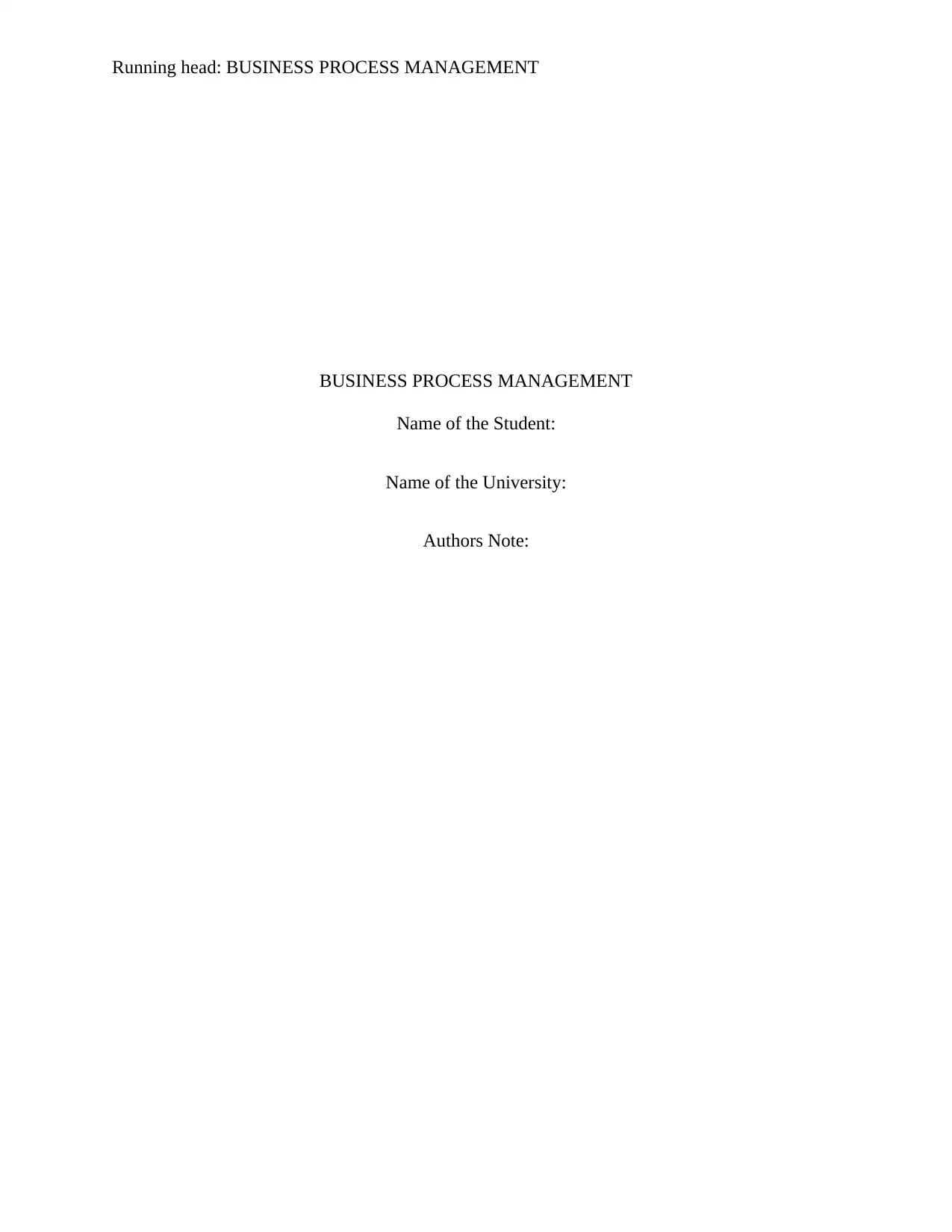
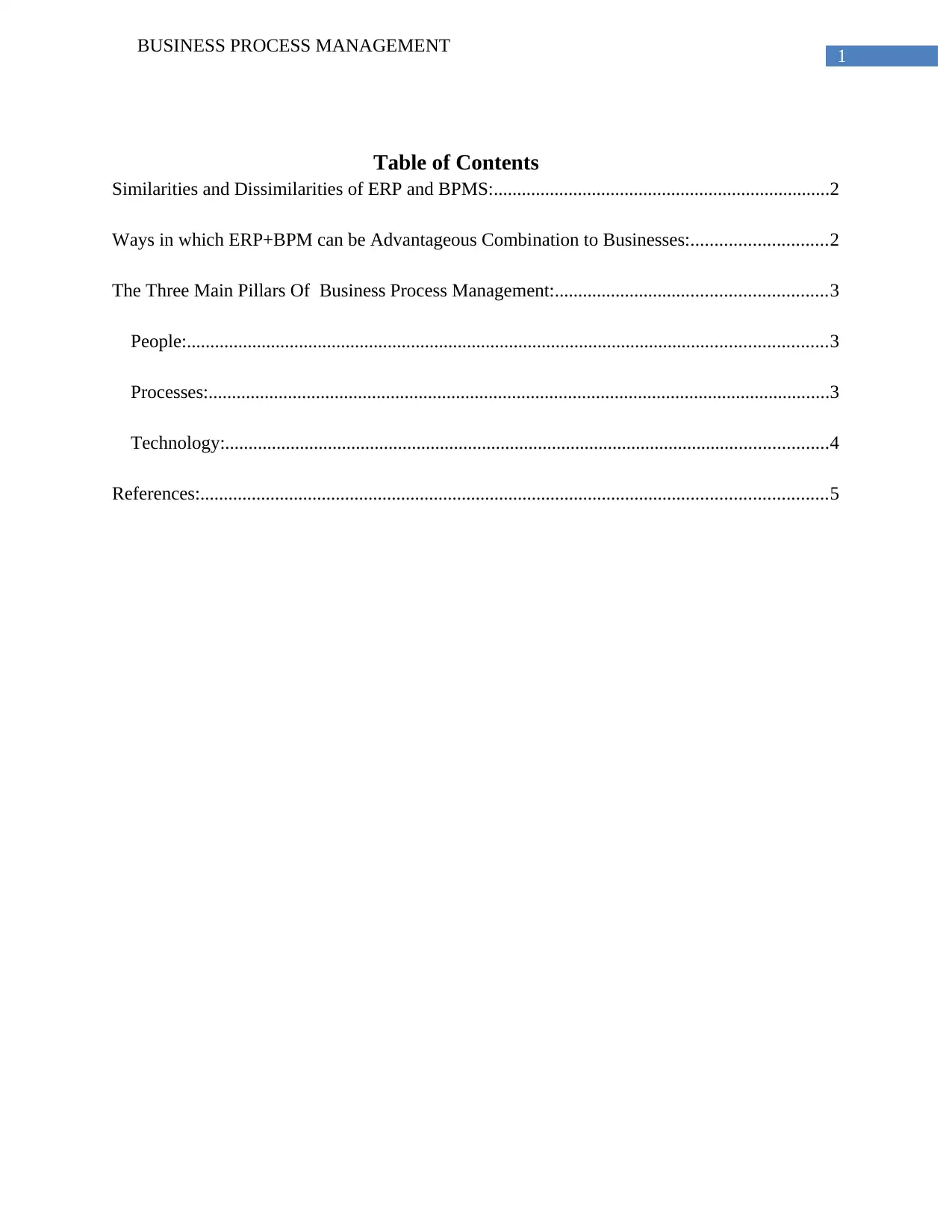
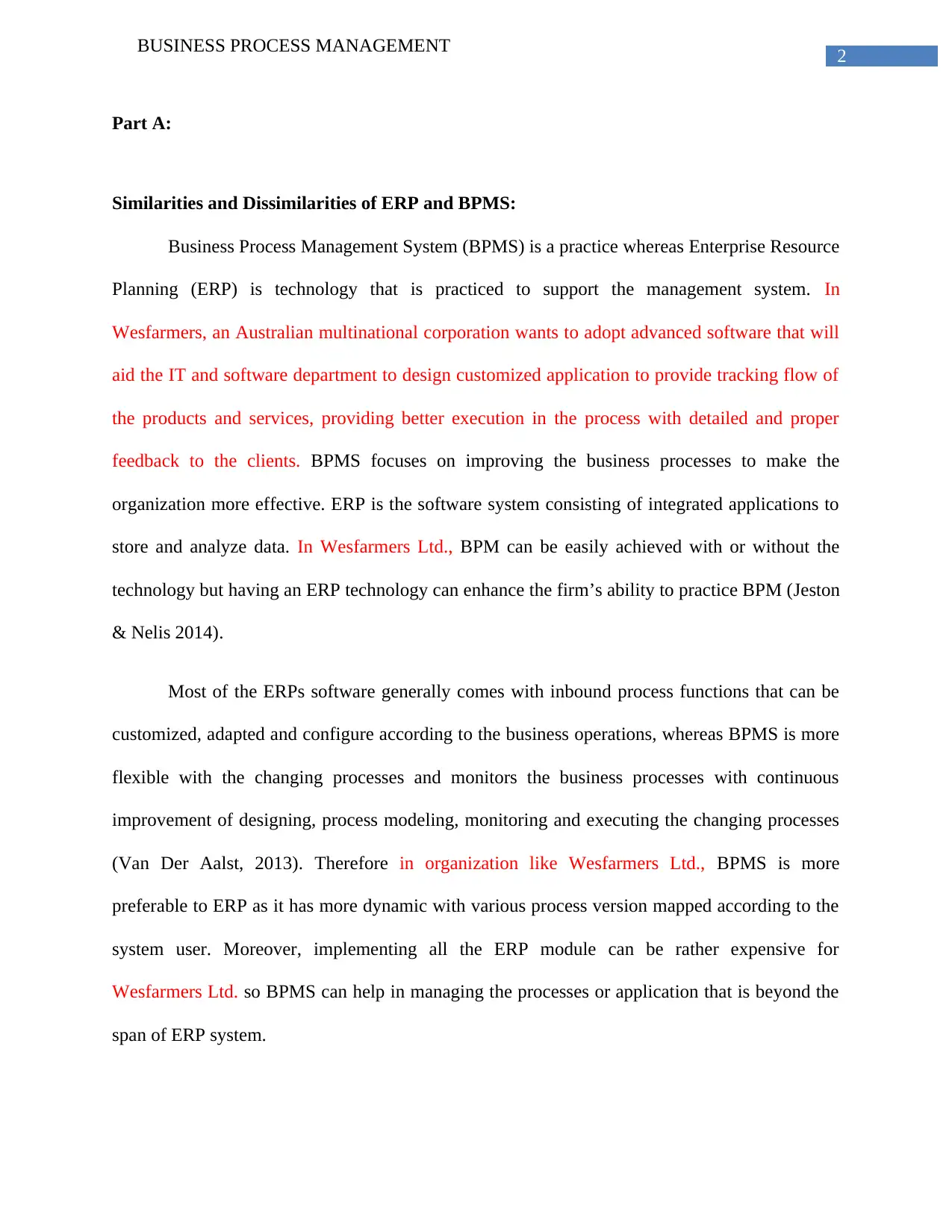

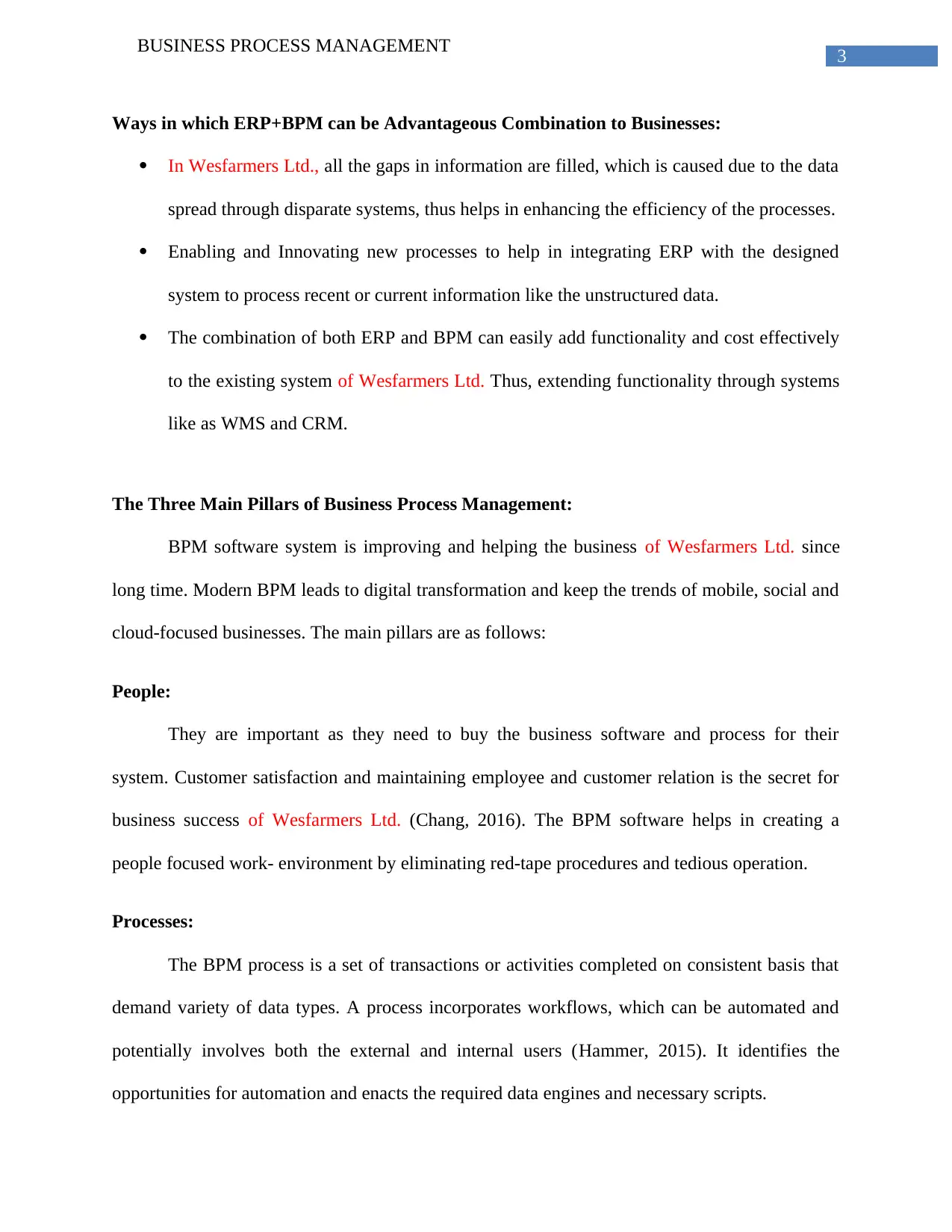
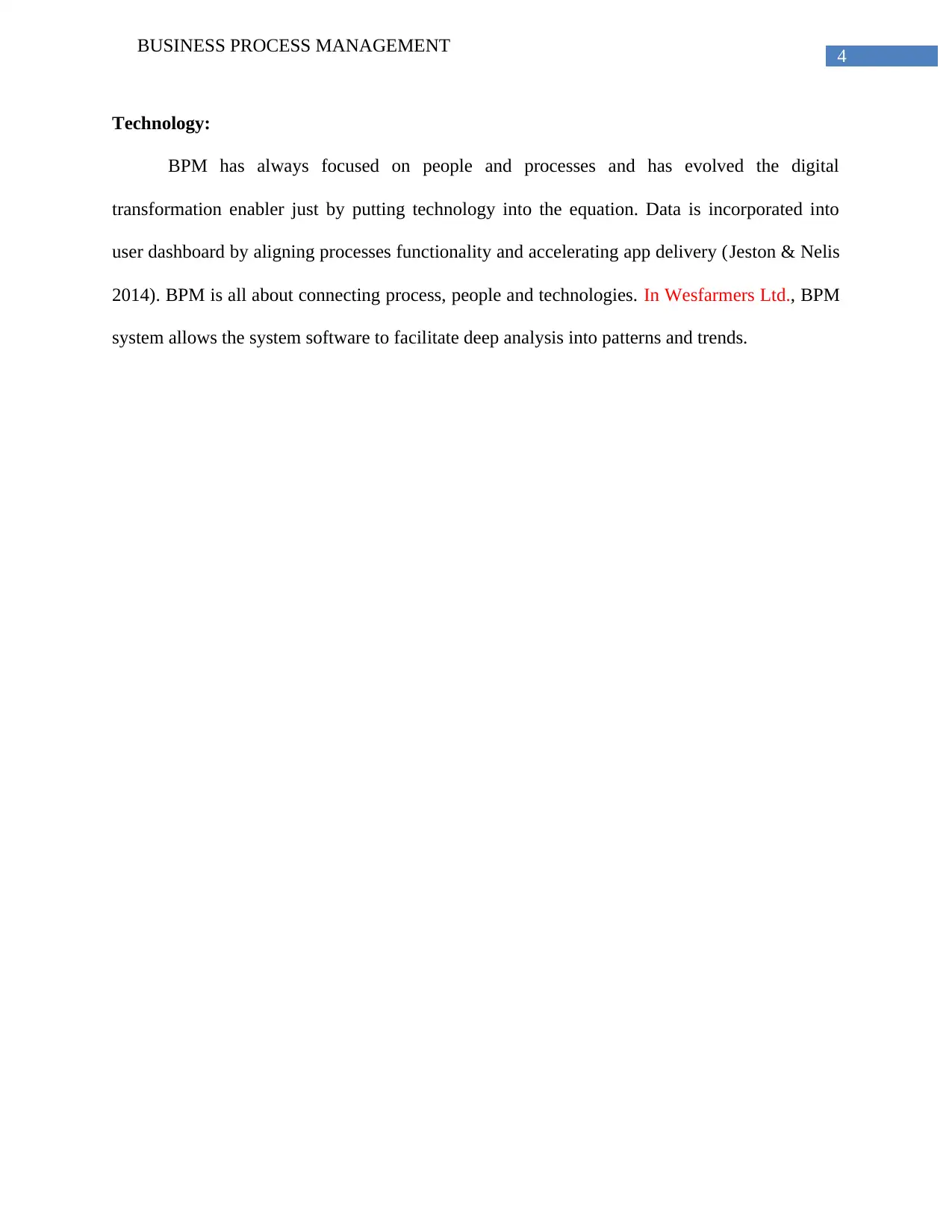
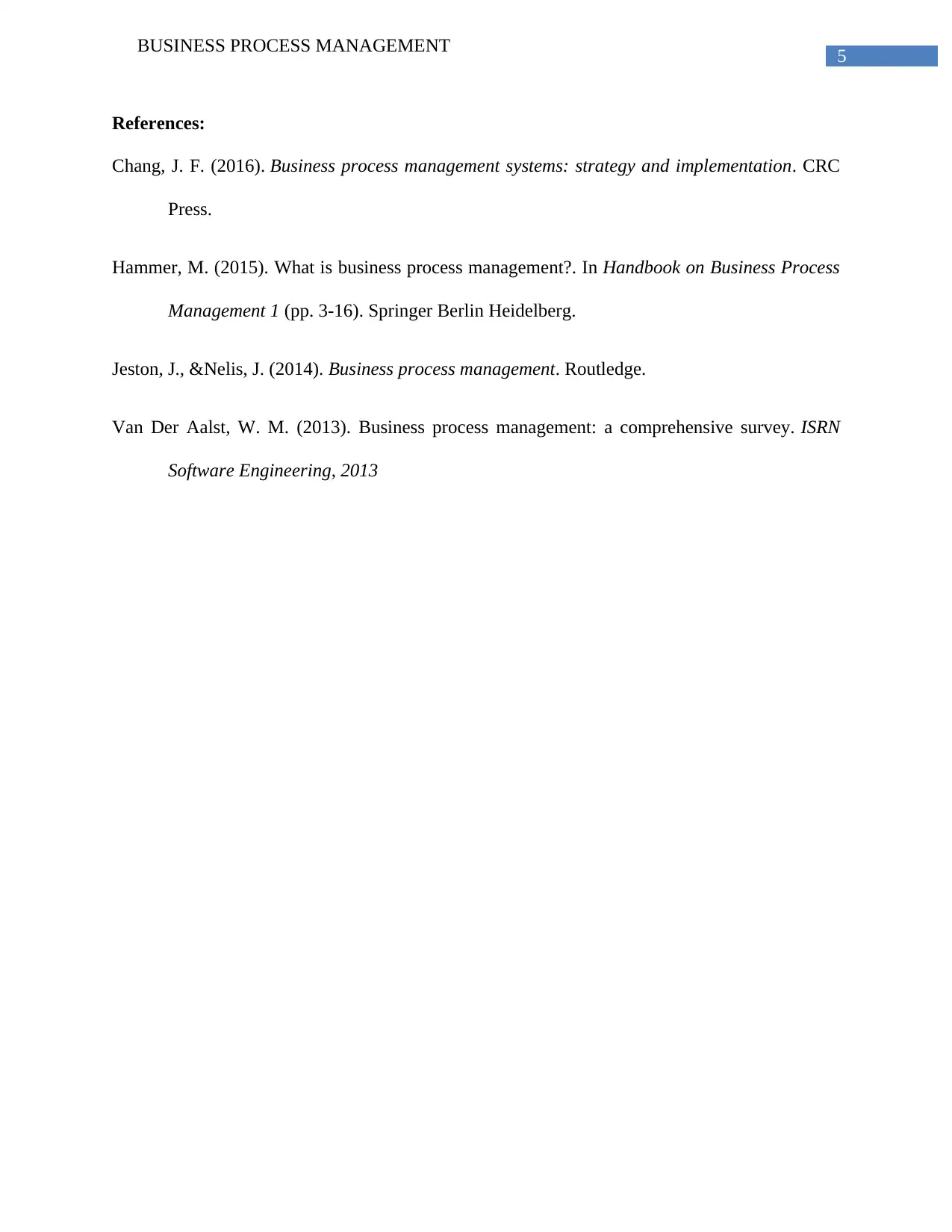






![[object Object]](/_next/static/media/star-bottom.7253800d.svg)